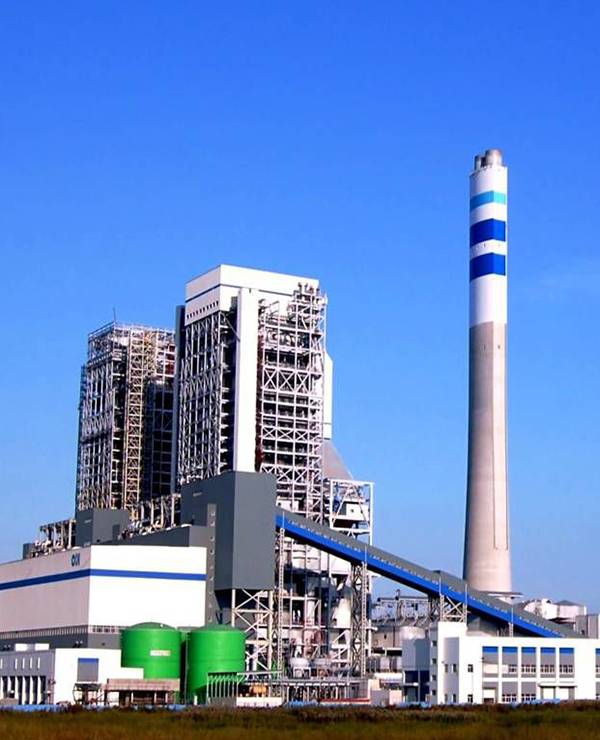Nov . 10, 2024 19:58 Back to list
Trailer Brake Drum Refurbishment Techniques for Optimal Performance and Safety
The Importance of Trailer Brake Drum Resurfacing
When it comes to the safety and performance of your trailer, routine maintenance plays a crucial role. Among the most critical components in a trailer's braking system is the brake drum. Over time, brake drums can become worn, warped, or damaged, leading to inefficiencies in braking performance. This is where trailer brake drum resurfacing comes into play. Understanding the need for this process can enhance not only the longevity of your trailer but also your safety on the road.
Understanding Brake Drums
Brake drums work in conjunction with brake shoes to create the friction necessary to slow down or stop your vehicle. When you press down on the brake pedal, the brake shoes are forced against the inner surface of the drum, creating the friction needed for stopping. As with all mechanical components, wear and tear is inevitable. Dirt, heat, moisture, and the natural friction from use can degrade the surface of the drum, leading to a decrease in braking efficiency and increased stopping distances.
Signs You Need Resurfacing
Identifying the signs that your brake drums need resurfacing is key to maintaining your trailer's braking system. Some common indicators include
1. Vibration or Pulsation If you feel vibrations in the brake pedal when applying brakes, it could signal a warped brake drum. 2. Noise Unusual sounds such as grinding or squeaking can indicate worn brake components or an uneven braking surface. 3. Poor Braking Performance If your trailer takes longer to stop or feels unstable during braking, it is crucial to inspect the brake drums. 4. Visual Inspection Regularly checking your brake drums for cracks, scoring, or other obvious signs of wear can help identify potential issues early.
The Resurfacing Process
Resurfacing brake drums is a process that involves grinding the surface of the drum to restore its flatness and ensure an even braking surface. Here is a breakdown of the process
trailer brake drum resurfacing

1. Removal First, the brake drums must be removed from the trailer. This typically involves taking off the wheels and disconnecting the brake components.
2. Inspection Once removed, the drums are carefully inspected for visible damage, cracks, or warping. If the damage exceeds permissible limits, a replacement may be required instead of resurfacing.
3. Machining Using a brake drum lathe, the surface of the drum is ground down to eliminate any imperfections. This process ensures the drum is smooth and uniform, optimizing contact with the brake shoes.
4. Reinstallation After resurfacing, the drums are cleaned and reinstalled, ensuring all components are correctly aligned and functioning before testing.
Benefits of Resurfacing
The benefits of brake drum resurfacing are manifold. First and foremost, resurfacing restores optimal braking performance, allowing for safer stopping distances. It can also extend the life of your brake shoes, as a smooth drum surface reduces uneven wear. Furthermore, resurfacing is cost-effective compared to full drum replacement, providing an excellent balance of performance enhancement and savings.
Conclusion
In summary, the maintenance of your trailer’s braking system is pivotal for safety and performance. Trailer brake drum resurfacing is an essential service that can significantly improve braking efficiency, ensure safety on the road, and save you money in the long run. If you suspect your brake drums may require attention, don’t hesitate to seek professional help. A small investment in maintenance today can lead to enhanced safety and peace of mind on your travels in the future. Always remember, in the world of trailers, stopping safely is just as important as going, and proper maintenance of your brake components is the key to achieving that balance.
-
HINO Industrial Solutions - ¡Ң���ຽ��е��������˾ | Advanced Technology&Reliability
NewsJul.13,2025
-
HINO Industrial Efficiency-Jiangsu Hino Industrial|Productivity Optimization&Cost Reduction
NewsJul.12,2025
-
HINO-¡Ң���ຽ��е��������˾|Advanced Industrial Solutions&Energy Efficiency
NewsJul.12,2025
-
Premium Brake Drum Iveco – Durable Drum Brake Drum & Brake Shoe Solutions
NewsJul.08,2025
-
High-Performance Brake Drum Liza for Enhanced Safety Reliable Drum Brake Drum & Brake Shoe Solutions
NewsJul.08,2025
-
High-Quality Brake Drum MAZ – Durable Drum Brake Drum & Brake Drum and Brake Shoe for Optimal Performance
NewsJul.07,2025
